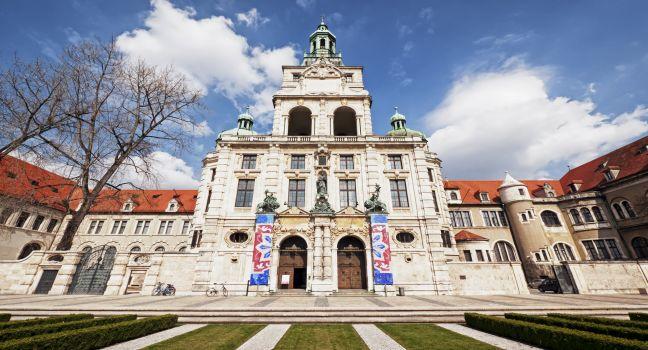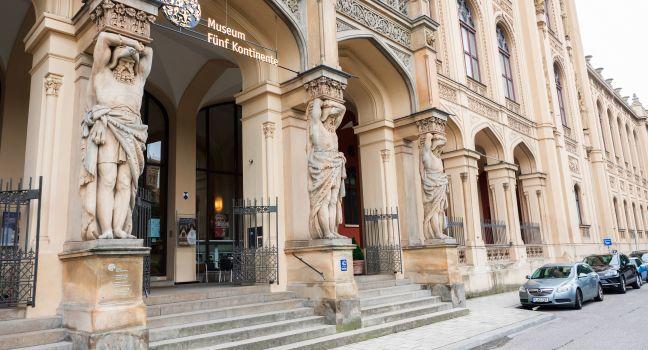Bayerisches Nationalmuseum

Although the museum places emphasis on Bavarian cultural history, it has art and artifacts of international importance and regular exhibitions that attract worldwide attention. The museum is a journey through time, principally from the early Middle Ages to the 20th century, with medieval and Renaissance wood carvings, works by the great Renaissance sculptor Tilman Riemenschneider, tapestries, arms and armor, a unique collection of Christmas crèches (the Krippenschau), Bavarian and German folk art, and a significant Jugendstil (art nouveau) collection.




